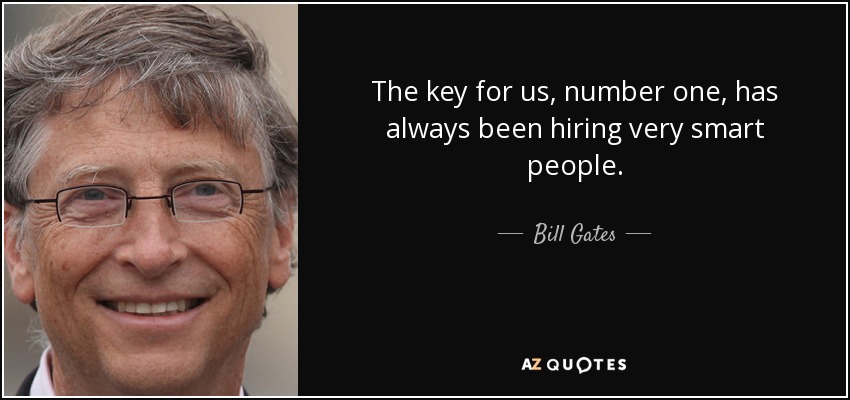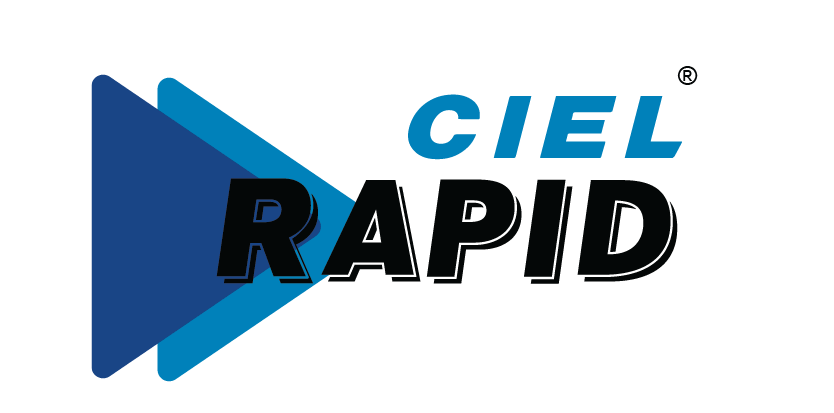
In our world of smart phones, high speed computing and intense communication, everything has to happen fast. Enterprises are often not happy with the pace of execution internally as well as with their external stakeholders. They hate to see positions lying vacant because of the fear of missing opportunities in the market.
Line managers are busy to describe what they need and the HR managers have no time to sit down with the line manager and agree on the requirements. At the same time, candidates look around for possible choices when they decide to apply for a job opportunity. They are not sure what kind of a role and employer they should be searching for. So, there is a lack of planning at both the ends and hence, hiring is damn difficult. How can an organization be smart in dealing with these complexities?
Do not waste time with CVs!
Marquee employers have researched extensively to understand what kind of talent fits them the best. They have tried to perfect their recruitment process by comparing the prediction of a recruitment process with actual performance of the new joiner in 6-12 months’ time. All these studies haven’t yet yielded a formula that is universal.
Normally, companies use a pre-written job description document to kick-off the hiring. Recruiters typically pick a few keywords from the document and dig into several databases to find a few CVs that have a high occurrence of these keywords. They speak to these folks about the job and push them to attend a job interview. Many candidates are open to check their market value and have hardly anything to loose; so, they agree to attend the interview without giving it a good thought. Interviewers normally review 20 CVs and interview 5 candidates before they choose one. Does the process have to start with a CV?
These days, CVs are not a good indication of what the candidate brings to the table. There are several resources which help a candidate produce a CV that matches the job requirement well. Secondly, interview as a tool is not highly reliable and hence, an applicant who answers well in an interview is not necessarily going to be a successful employee.
Can we define the business challenge the role has to deal with and the outcome expected? Based on these, can the recruiter develop a job description for the role, interview the candidate accordingly and provide a few paragraphs about the applicant justifying why you should interview him?
We do not need CVs. Let us conserve the time which is normally used to read up CVs of applicants. Rather, ask your Recruiter to give you a note of recommendation for the candidate. This note will be a good overview of the candidate and at the same time, triggers thoughts for the interview.
Go beyond the obvious!
We know there is no perfect-fit in this world. We have to always settle with a close-fit or the best-fit. All line managers do not like to believe this. They keep interviewing candidates with the hope of discovering the jackpot. It becomes an endless loop!
Sometimes, interviewers go along predicted lines of matching qualifications and past experiences of the candidate with their mental picture of an ideal candidate. One can manage the impressions of the interviewer in such a context because the desired responses are well-known.
One has to go beyond the obvious and deep-dive into the realms of behaviours, beliefs and attitudes of a candidate. Interviewers must be trained to ask open-ended questions, follow-up conversations, hold the discussion in an unbiased manner, rate the fitment as per pre-agreed rating scale and write a good summary of the findings. This is easier said than done. Organizations with mature HR processes invest on these infrastructure. Ideally, each interview must focus on specific aspects and explore deeply on just two to three aspects.
More than one conversations are essential
Google follows a Rule of Four where 4 experienced Googlers interview a job applicant and the total of their scores forms the base of hiring decision. There are similar such practices in other organizations as well. The idea here is to look at the fitment from a diverse perspective.
Candidates prefer a quick conclusion to their application process. Enterprises want quick closure of their open positions. Yet several challenges leave both the employer organization and candidates frustrated with the long cycle times.
One of the ways to deal with this dichotomy is to schedule multiple discussions back to back at one go. This helps candidates and the employer organization to assess one another holistically for a potential fitment. Moreover, the interviewers or assessors get an opportunity to compare between the candidates and firm up their mind.
Senior leaders play an important role in making the hiring process smart. Their commitment to make the process stable, reliable and robust is the first step. Else, the war for the best talent remains as a rhetoric and doesn’t reflect on the ground.
Hire the best aptness for your organization
You will also like to read this: Workforce trends: What to expect in 2018

